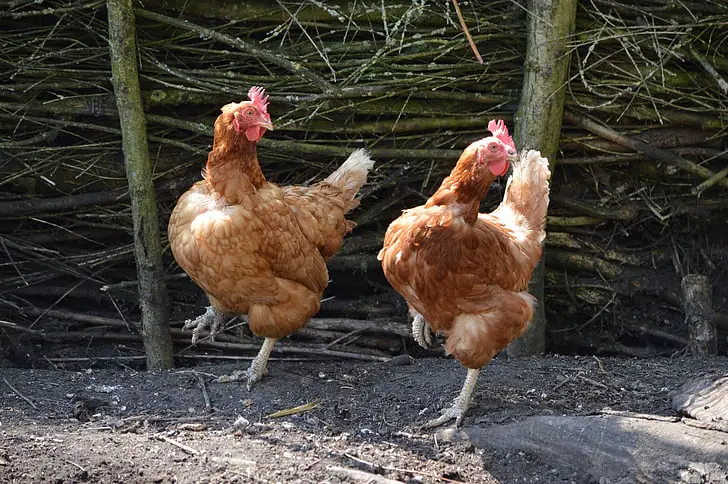Are you planning to add new chickens to your existing flock but not sure how to do it safely and smoothly? Introducing new birds to an established flock can be a tricky process, as chickens are social creatures with a strict pecking order.
However, with the right approach and preparation, you can successfully integrate new chickens into your existing flock.
In this article, we will guide you through the steps on how to introduce new chickens to an existing flock and help you avoid any potential issues.
Understanding the Pecking Order
Before introducing new chickens, it’s important to understand the pecking order within your existing flock.
Chickens establish a social hierarchy, with the dominant birds at the top and the submissive ones at the bottom.
The pecking order is maintained through pecking and aggressive behavior, and it’s important to ensure that the order is respected to maintain a peaceful and healthy flock.
Quarantine New Birds
Quarantining new birds before introducing them to your existing flock is a crucial step to ensure the health of your flock.
New birds may carry diseases that can spread to your existing flock, so it’s important to keep them separate for at least two weeks. Quarantine the new birds in a separate coop, away from your existing flock, and monitor them closely for any signs of illness.
Choose the Right Time
Introducing new chickens during the daytime when your existing flock is active is a good idea.
Chickens are less aggressive during the daytime, and the presence of food and water can help to distract them from any new additions to the flock.
Introduce New Birds Gradually
The best way to introduce new chickens to your existing flock is to do it gradually.
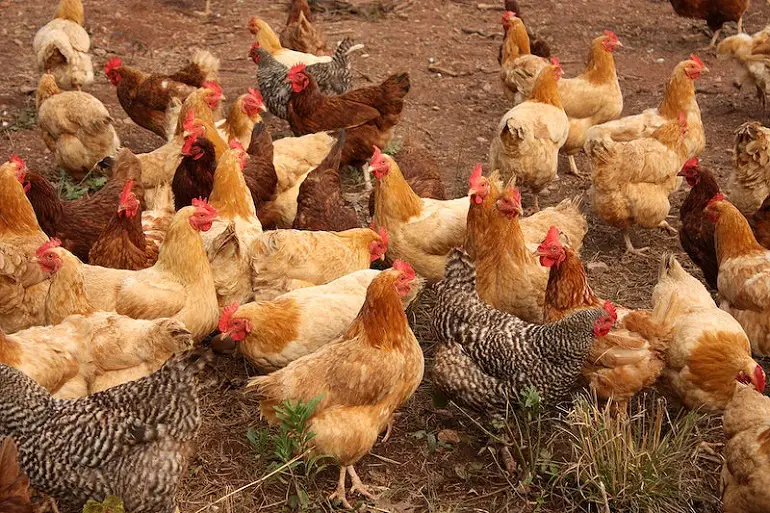
Start by placing the new birds in a separate pen within sight of your existing flock for a few days. This will allow them to get used to each other’s presence without any physical contact.
Supervise the Introduction
When it’s time to introduce the new birds to your existing flock, supervise the process closely.
Release the new birds into the coop during the daytime, when the existing flock is active and has access to food and water. Ensure that there are multiple feeding and watering stations to avoid any competition and bullying.
Provide Enough Space
Make sure there’s enough space for all birds in the coop. Overcrowding can lead to aggressive behavior, as chickens may feel threatened by the presence of new birds.
Provide enough perches and nesting boxes to prevent any competition.
Keep an Eye on the Flock
After introducing new chickens to your existing flock, keep an eye on them for a few days.
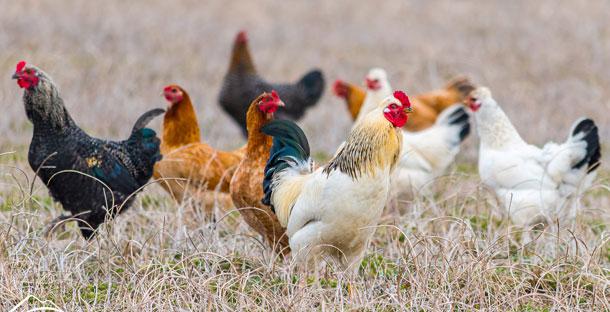
Observe their behavior and ensure that the pecking order is respected. If there are any signs of aggression or bullying, remove the offending bird and reintroduce it later.
Time to Introduce Roosters
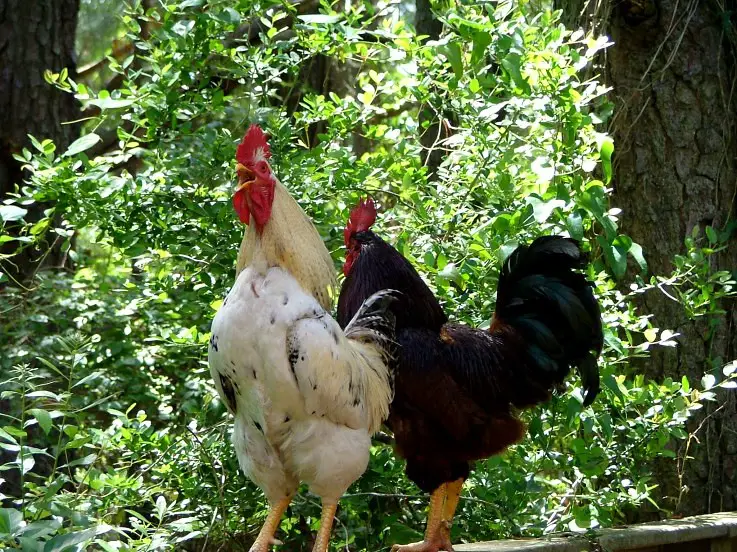
Introducing a new rooster to an existing flock can be challenging, as roosters are territorial and may fight for dominance.
It’s best to introduce a new rooster gradually, starting with a separate pen and then gradually introducing him to the flock.
FAQs
How long should I quarantine new birds before introducing them to my existing flock?
You should quarantine new birds for at least two weeks before introducing them to your existing flock.
Can I introduce new chickens at night?
It’s best to introduce new chickens during the daytime when the existing flock is active and has access to food and water.
What if my existing flock is aggressive towards the new birds?
If there are any signs of aggression or bullying, remove the offending bird and reintroduce it later.
How much space do I need to provide for my chickens?
Make sure there’s enough space for all birds in the coop. Provide at least four square feet per chicken.
Can I introduce a new rooster to an existing flock?
Introducing a new rooster to an existing flock can be challenging, but it’s possible with a gradual introduction process.
Conclusion
Introducing new chickens to an existing flock can be a tricky process, but with the right approach and preparation, you can successfully integrate new birds into your flock.
Understanding the pecking order, quarantining new birds, choosing the right time, introducing new birds gradually, supervising the introduction, providing enough space, and keeping an eye on the flock are crucial steps to ensure a smooth and safe integration.
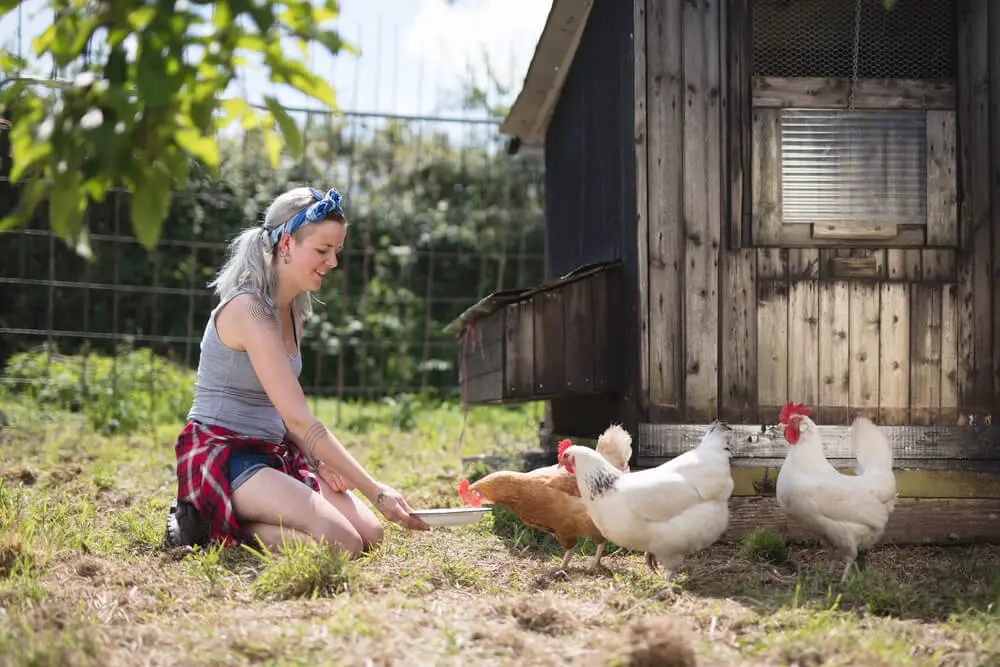
Shannon Stansberry has been engaged in the business of raising chickens for more than 12 years. In 2016, she accomplished the Agriculture & Natural Resources program at Mt. San Antonio College. At present, she tends to more than 80 chickens on her 4-hectare farm. Shannon regularly shares her insights and experience on how to raise healthy and contented chickens on the platform Typesofchickens.com
